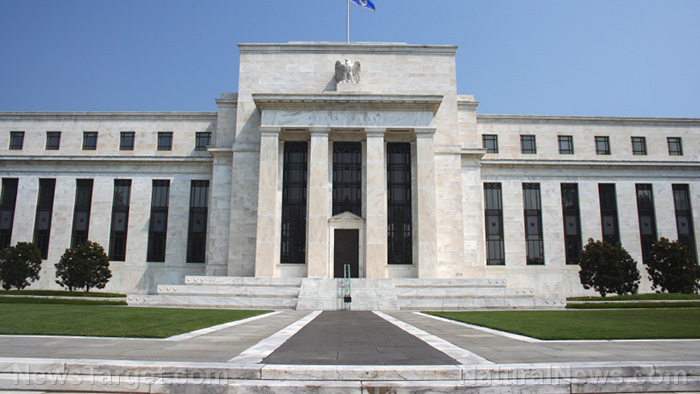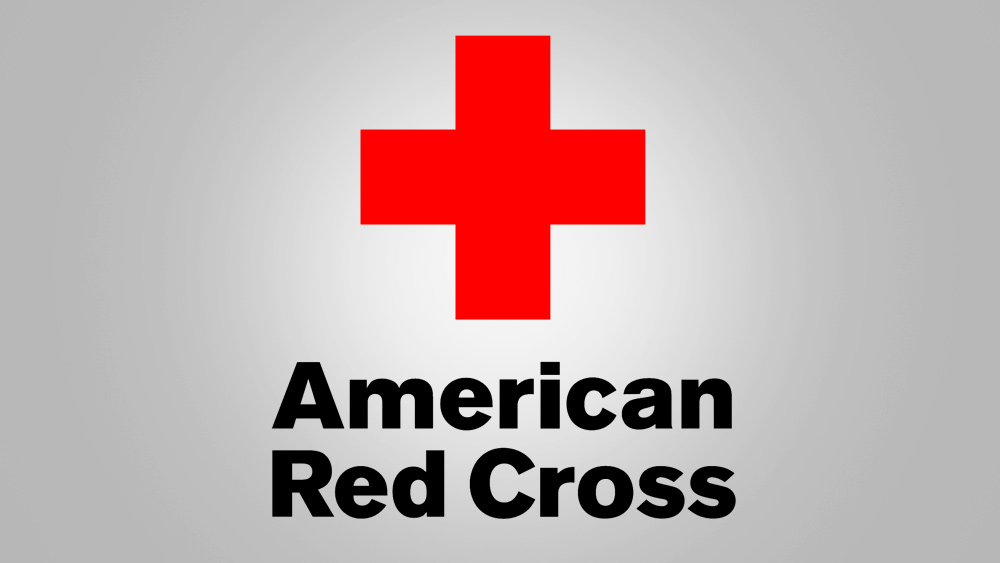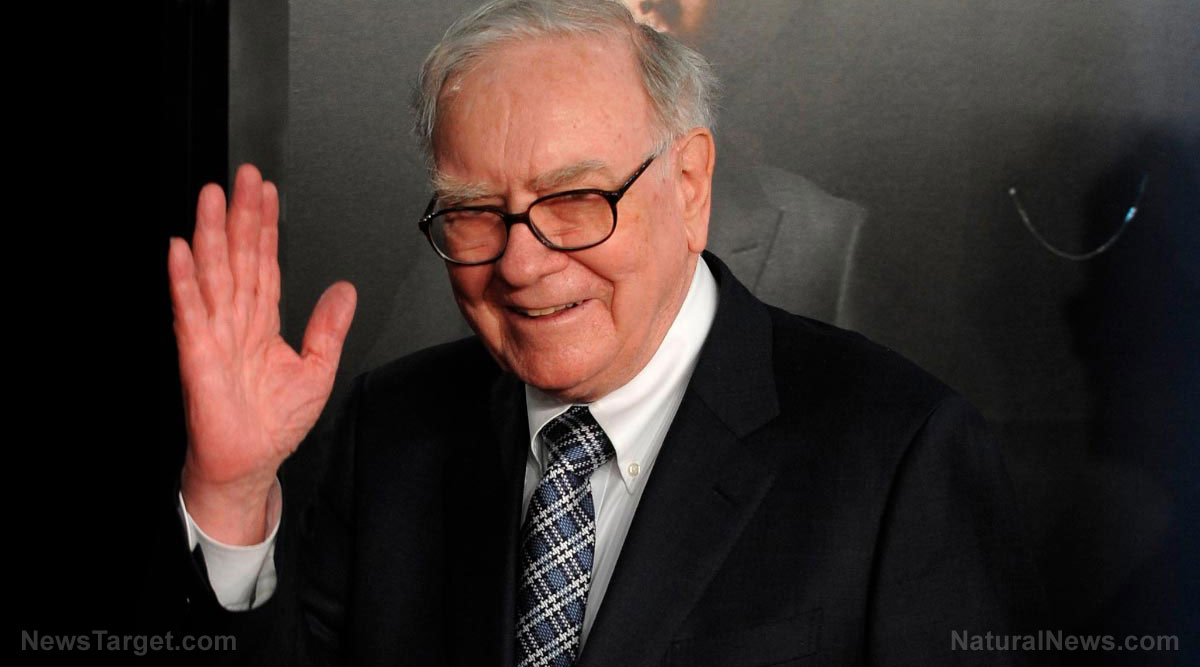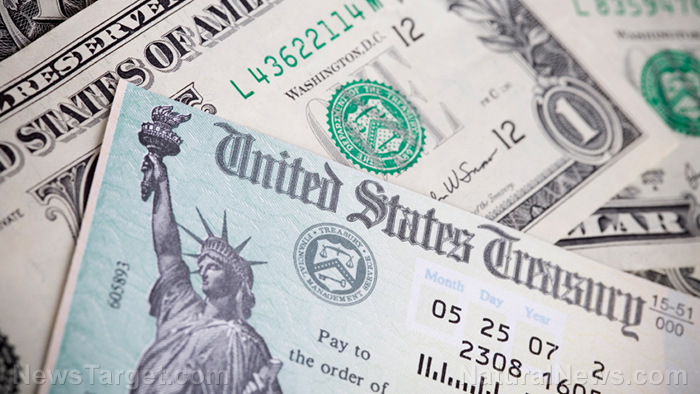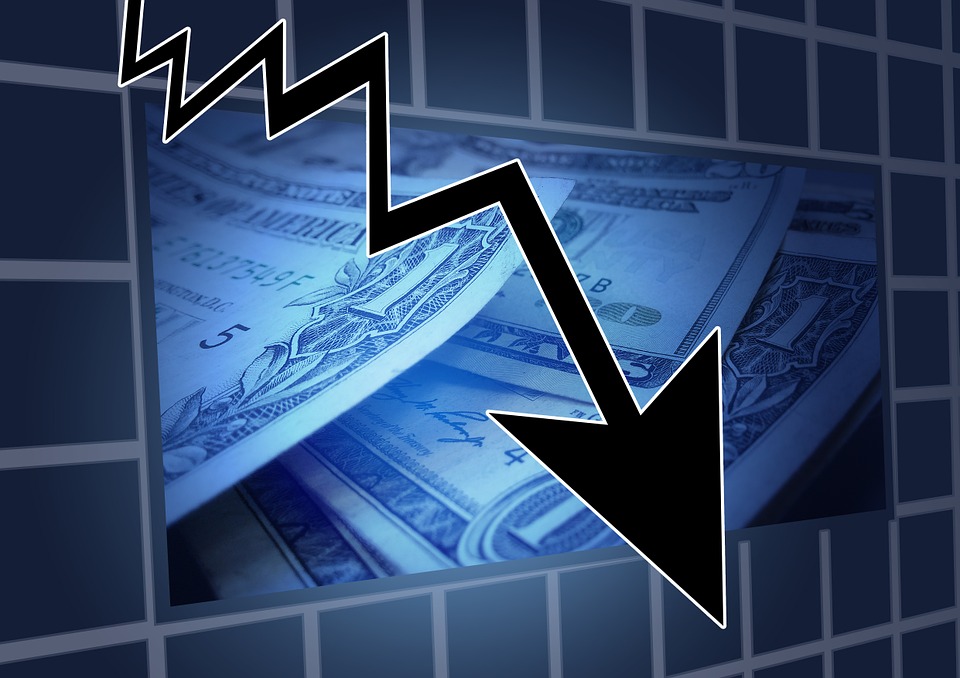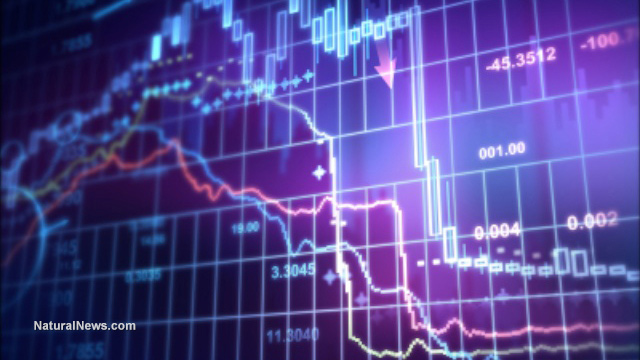The collapse of SVB portends real dangers
03/15/2023 / By News Editors

Thus far in this three-year fiasco of mismanagement and corruption, we’ve avoided a financial crisis. That’s for specific reasons. We just had not traveled there in the trajectory of the inevitable. Are we there yet? Maybe. In any case, the speed of change is accelerating. All we await is to observe the extent of the contagion.
(Article by Jeffrey A. Tucker republished from TheEpochTimes.com)
The failure of the Silicon Valley Bank (SVB), with $212 billion in assets until only recently, is a huge mess and a possible foreshadowing. Its fixed-rate bond holdings declined rapidly in market valuation because of changed market conditions. Its portfolio crashed further because of a depositor run. And it all happened in less than a few days.
It’s all an extension of Fed policy to curb inflation, reversing a 13-year zero-rate policy. This of course pushed up rates in the middle and right side of the yield curve, devaluing existing bond holdings locked into older rate patterns. Investors noticed, and then depositors did too. The high-flying institution that specialized in providing liquidity in industries that have lost their luster suddenly found itself very vulnerable.
In addition, the bank was exposed with a portfolio of collateralized mortgage obligations and mortgage-backed securities. But with rates rising, those are coming under stress too as high leverage in housing and real estate become untenable amid falling valuations. Borrowers are finding themselves under water, and that in turn adds to stress on lenders.
And where did SVB, and the entire banking industry, get the funds to bulk up their portfolios with such debt holdings? You guessed it: stimulus payments. Billions flooded in and had to be parked somewhere making some return. At the time it seemed like a good deal, until Fed policy changed.

A house of cards comes to mind. But perhaps a better analogy is a game of billiards in which every move introduces a cascade of new issues. Lockdowns prompted immense government spending, which produced debt that was quickly monetized and eventually caused inflation, prompting the Fed to reverse course with the largest and fastest rate increases in history.
This destabilized (or restabilized) production structures away from the right side of the yield curve toward the left, shifting capital in search of return to the consumer goods sector. Labor has begun to follow, thus creating a surplus of resources in information tech and a shortage in retails.
It was always naïve to think that this shift would take place without touching the banking institutions that shoveled leverage in the direction of industries that thrived during lockdowns but are cutting back massively now.
These banks are exposed in speculative ventures from which capital is fleeing. Their asset portfolios were tied, as usual, to a continuation of the status quo that stopped continuing, so investors and depositors are fleeing to safety.
Could the Fed have anticipated this? Probably. But what choice did it have? Again, this entire mess traces first to lockdowns and second to Ben Bernanke’s preposterous policies as Fed chair in 2008. He imagined that he would fix a financial crisis by abolishing such a natural force as interest rates on bonds. Then he pulled a fancy trick of keeping his “quantitative easing” off the streets by having the Fed pay more for deposits than the same money could earn in markets.
What was the problem? The problem was that capital is never still. It is always on the hunt for return. It found it in Big Tech and internet media, bolstered by seemingly infinite resources for advertising and hiring. This further caused an absolute gutting of normal rates of saving simply because there was no money in it. This situation persisted for a good 13 years.
Jerome Powell took over the Fed with the determination to put an end to the nonsense. He hoped for a soft landing. But then came the pandemic lockdowns. He was called upon to provide funding for the idiocy of a panicked Congress that spent many trillions as fast as possible, which only perpetuated lockdowns.
Everything seemed fine for a while, as it always does, but by January 2021, the bill came due in the form of roaring price inflation. The Fed had to reverse course dramatically. Starting at zero, it had to get federal funds rates to equal or exceed price increases (the terminal rate). It is not there yet, so it has no choice but to barrel ahead.
The rate increases of course drew capital out of the industries that thrived over the lockdown period and back to retail and consumer goods. But meanwhile, the yield curve responded, as it must. From 30 days to 30 years, every bond offering was repriced, causing institutions holding old bonds to look like chumps. This is where SVB found itself, with a suddenly declining market valuation.
The coup de grâce was depositor behavior. In the search for safety, cash has found the return on short-term Treasuries far more attractive than speculative ventures. The flight to safety doomed the bank and its many partners in the financial industry. It’s a huge wake-up call for the whole of markets. No one in the industry is sitting comfortably today.
My concern here is that people will look at all these disasters in isolation. They are not isolated. They trace to the catastrophic decision in 2020 to lock down and fund those policies with money that did not exist until it was created. That decision doomed the Fed’s plans to unravel its previous stupid policies and thus set us on the course toward calamity.
At this point, I’m sorry to report, no one is in a position to stop anything. Markets can be ferocious under these conditions. Markets are not all knowing, but once they lose trust, there is no stopping the stampede of incredulity. There is no one at the Fed who can stop it and no wise managers at the top who can patch things up.
Take note of the collapse of bank stocks only hours after regulators took over SVB. My friends, we could be in for a wild ride. Stay safe.
Read more at: TheEpochTimes.com
Submit a correction >>
Tagged Under:
bank, big government, Bubble, Collapse, debt bomb, debt collapse, economic collapse, economy, Federal Reserve, finance, finance riot, Inflation, market crash, money supply, recession, risk, Silicon Valley, SVB
This article may contain statements that reflect the opinion of the author
RECENT NEWS & ARTICLES
COPYRIGHT © 2017 COLLAPSE.NEWS
All content posted on this site is protected under Free Speech. Collapse.news is not responsible for content written by contributing authors. The information on this site is provided for educational and entertainment purposes only. It is not intended as a substitute for professional advice of any kind. Collapse.news assumes no responsibility for the use or misuse of this material. All trademarks, registered trademarks and service marks mentioned on this site are the property of their respective owners.








